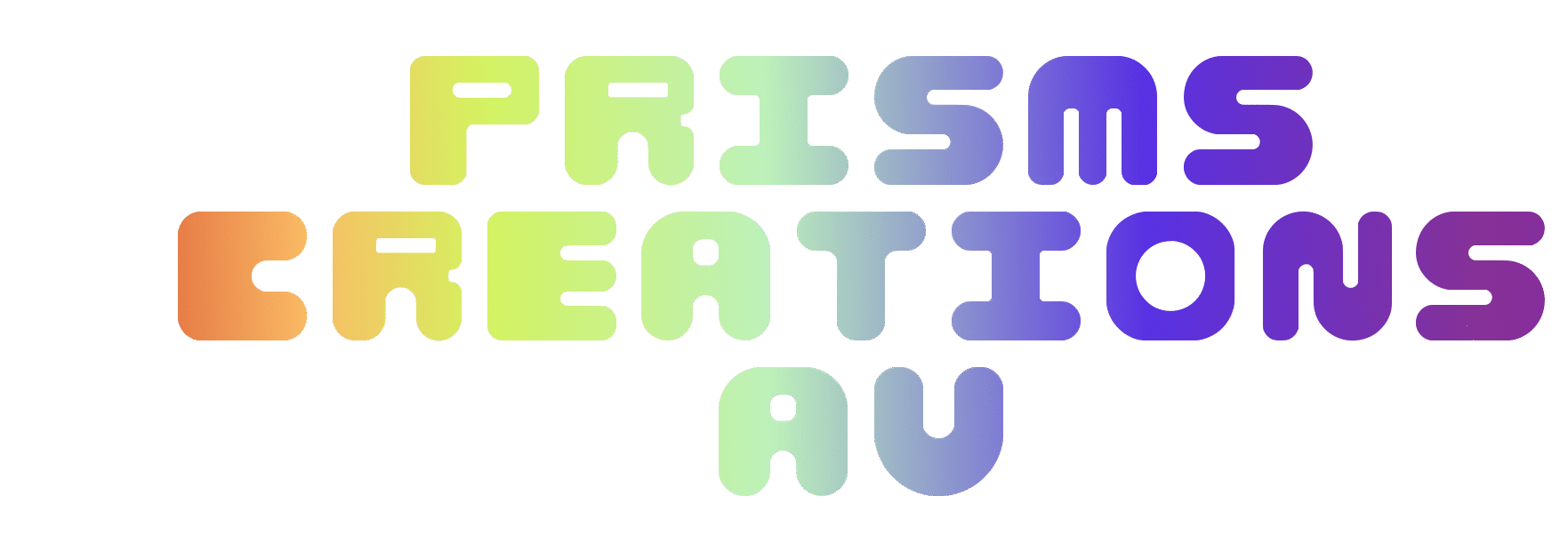Cycling Your Kreisel
Once your Kreisel is set up and you’ve completed a wet run, it’s time to decide whether or not you’ll cycle your Kreisel.
What is cycling?
Cycling refers to establishing the nitrogen cycle in your new aquarium or Kreisel.
What is the nitrogen cycle?
The nitrogen cycle is the natural process of breaking down waste and converting it into nutrients like nitrate, which can be used by plants, algae, and other living organisms. This cycle exists both in soil (commonly called the soil cycle) and in water (called the nitrogen cycle, or simply, the cycle).
Why is the nitrogen cycle important?
The nitrogen cycle relies on specialized bacteria to convert toxic waste products like ammonia into less harmful substances. Ammonia, produced by waste, is not easily absorbed by plants or algae and is toxic to fish and invertebrates like zoea. The cycle transforms ammonia into nitrite, and then into nitrate, which is more easily absorbed by algae and plants.
While nitrate is still toxic in high concentrations, it’s much less harmful than ammonia or nitrite and is easier to remove through water changes or by growing algae such as Nannochloropsis, Chaetomorpha, and other marine species. These algae not only help remove nitrate but also provide a food source for zoea and megalopa.
Why you should establish the nitrogen cycle
Establishing the nitrogen cycle creates stable water conditions. Once the cycle is running, the beneficial bacteria constantly remove ammonia and nitrite 24/7, helping you maintain safe parameters without constant manual intervention.
If you’re raising zoea or megalopa in jars or a Kreisel without a cycle, you’ll have to perform frequent water changes to remove toxins. This exposes your animals to rapid shifts in water chemistry, which can be deadly.
Live Rock
In saltwater aquariums, live rock is often used. It contains nitrifying bacteria but can also carry pests and diseases harmful to zoea. The only difference between live and dead rock is the presence of bacteria. When breeding, I recommend starting fresh to reduce risk.
How the Nitrogen Cycle Works
The nitrogen cycle in aquariums has three main stages:
1. Ammonification
This stage breaks down organic waste (like food or animal waste) into ammonia, which is toxic to zoea and megalopa.
2. Nitrification
Beneficial bacteria convert ammonia into nitrite, which is also toxic.
3. Nitrogen Fixation
Other bacteria convert nitrite into nitrate, which is less harmful and easier to remove.
Encouraging Beneficial Bacteria
To grow a healthy bacterial colony, you need a porous medium with lots of surface area. Gravel can work, but higher surface-area media are more effective and space-efficient.
Recommended Media
- Bio noodles
- Bio balls (avoid floating ones)
- Bakki rods/balls
- Seachem Matrix



Choose media that’s easy to rinse and doesn’t trap debris easily. Floating media (like some plastic bio balls) can disrupt surface gas exchange, so opt for media that stays submerged.
Using the Media
- Place the media in a mesh bag (provided or purchased).
- Rinse with dechlorinated water to remove dust.
- Place the bag in a high-flow area of your Kreisel—preferably near the pump, away from the mesh outlet.
- Once bacteria are established, never let the media dry out, or you’ll kill the bacteria.
Cleaning the Media
Place the media bag in a bucket of saltwater and shake it vigorously to remove debris. Don’t use freshwater or chlorinated water.
Starting the Nitrogen Cycle
Once your media is in place, you can cycle your tank using one of two methods:
Option 1: Seeding (Fast Track)
Add media from an established saltwater tank. This speeds up the process but can introduce unwanted pathogens. Even seeded tanks still need time to stabilize—typically 2–3 weeks.
Option 2: Starting From Scratch (Recommended)
The necessary bacteria are airborne, so you don’t need to import them. Just add a source of ammonia:
Ammonia Sources:
- Ammonium chloride (cleanest method)
– Follow dosing instructions carefully. - A small piece of cooked prawn or shrimp
– As it decays, it releases ammonia. Only a small piece is needed (about the size of your largest crab’s claw). - Fish flakes
– A pinch will do; don’t overfeed the tank.
Monitoring the Cycle
Use test kits to monitor ammonia, nitrite, and nitrate twice a week.
What to Expect:
- Ammonia spikes first.
- Then ammonia drops, and nitrite rises.
- Nitrite drops as nitrate rises.
Cycle Maintenance
Evaporation
Top off with dechlorinated freshwater, not saltwater. Mark your water level for consistency.
Ammonia Levels
- Below 2 ppm – Add more ammonia.
- Above 4 ppm – Do a water change. High ammonia can kill your bacteria.
Nitrate Levels
- Above 30 ppm – Do a water change.
Temperature
Keep the water between 26–28°C.
Light
Avoid lighting the tank during cycling to reduce diatoms and nuisance algae. Ambient room light is fine.
How to Know When It’s Done
After 3–4 weeks, do a 90% water change, then add a source of ammonia. Test the water after 24 hours:
- If ammonia and nitrite are at zero, the cycle is complete.
- If not, wait and re-test.
Once your cycle is complete, clean any debris from the tank, and you’re ready to begin breeding. Now’s a great time to seed algae if desired.
